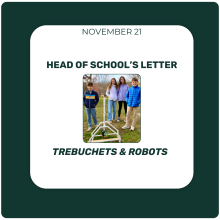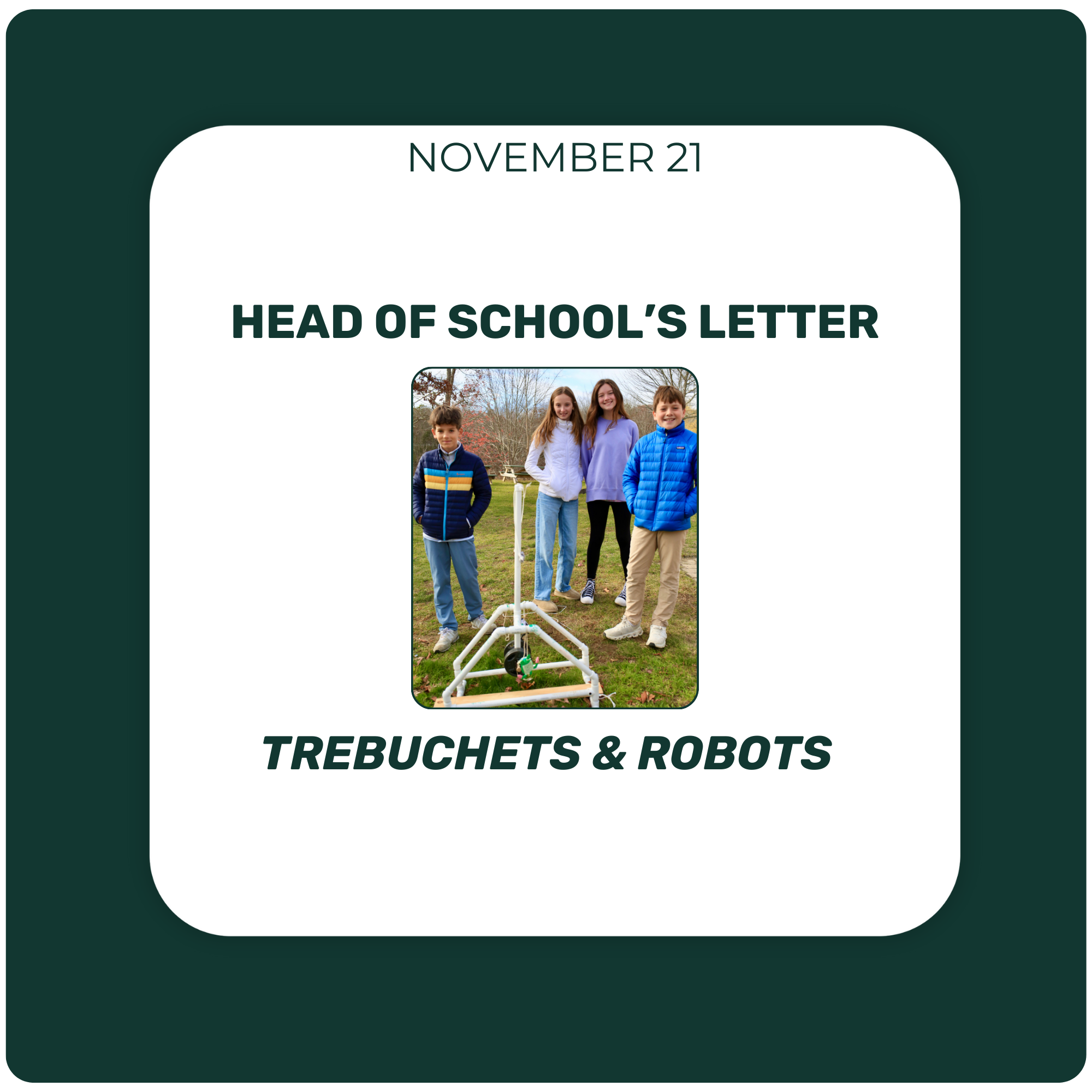
Dear Families,
In sixth grade this week, students have been building trebuchets from their own evolving designs. It’s a collaborative project between Science and Changemaking, which means students are not only learning the physics behind their work but also thinking about design, impact, and the ways ideas scale from small prototypes to something far more ambitious. They began with the same basic design and then experimented with ways to strengthen the torsion without compromising the structure as a whole. Then came the moment every engineer anticipates: seeing whether the physics on paper holds up in practice. Some launches traced beautiful arcs across the field. Others… offered a helpful reminder about the importance of standing well clear of the release zone.
What has been most interesting is the pace of the learning. There’s a rhythm to it: test, adjust, reconsider, try again. It’s the same rhythm you see in good writing, thoughtful problem-solving, careful reading, or scientific inquiry. Students are practicing proportional reasoning, force transfer, and the mechanics of energy, and are also practicing patience with a process that doesn’t unfold neatly on the first attempt.
There’s a term in education called adaptive expertise, which describes the ability to take what you know and apply it to a new, unfamiliar situation. It’s something that grows slowly through moments just like these: when students have to find their way through uncertainty rather than follow a prescribed path. And the beauty of it is that these habits don’t stay in the classroom. Long after the trebuchets are disassembled, this is what prepares them for a future that will ask them to think, adapt, and imagine in ways we can’t yet fully predict.
You can see a similar kind of thinking in robotics as our two FIRST LEGO League teams prepare for Saturday’s qualifying event. FLL asks students to deconstruct a complex challenge, design a solution, test it, refine it, and communicate their ideas clearly. The coding, the engineering, the research — all of it requires students to stay with an idea longer than is comfortable and to enjoy the small breakthroughs that come from steady, iterative work.
What’s consistent across both projects is that the challenge isn’t manufactured. It comes from the authenticity of the problems themselves. Students are navigating real constraints, real variables, real moments of “back to the drawing board.” And in those moments they begin to trust their own thinking, because they’ve tested and retested an idea enough to understand it from the inside out.
We wish our robotics teams well this weekend, and we’re grateful for all the moments, large and small, in which students discover what they can do with persistence, curiosity, and a bit of collaboration.
Warmly,
Jon
























